May 23 - NextGen Diaries (expanding horizons // or my cert cards)
Part 1 - travelling around Europe
We started this chapter in the same way as most others have - spending all night in an airport, trying to stay awake via drinking coffee, eating too much sugar, and eventually caving in and sleeping in a pod in Istanbul airport. Travelling from the US to Croatia via Turkey took the better part of 2 full days, but my baggage kept up with me (lucky; as Europe is COLD right now so I need my clothes!). I about to embark on 2 almost-back-to-back courses in 2 different countries: Rec 2 with Oliver Ober (Krnica, Croatia), and Scientific Diver with Erik Wurz (Zierikzee, Netherlands).
On my scholarship application, the very first course I wrote down on my top list of GUE courses to-do was Scientific Diver. Although I have done ‘scientific diving’ before (from past work and internships in Saudi Arabia, Maldives, Mozambique and Thailand), I have never done a “Scientific Diver” course per se. As a marine biologist, having an “official Sci Diver cert” is not mandatory, but I believe the skills learnt in terms of underwater data acquisition, and underwater survey design should be refreshed. It will be useful to have when conducting GUE Projects down the line, and also I wanted to see how see how one integrates GUE diving principles on scientific dives. Who knows, maybe one day I could teach this course too :)
Rec 2 was not on my radar initially, however, I was hooked on it when in Dubai! I can see how learning skills such as line-laying, navigation, rescuing divers in doubles, and managing ascent rates whilst in a team will be super useful as a future foundation for advanced courses. And, as I never really got a full “rescue diver” experience before GUE - having flitted between BSAC and PADI before - these skills slipped through the cracks. In addition, I was keen to do both of these courses whilst in doubles and drysuit (aka out of my comfort zone in the cold). As that way - one grows.
PSA - I always offset my carbon footprint on flights / transport as I am aware of the amount that I am travelling, and the air miles that I am doing.




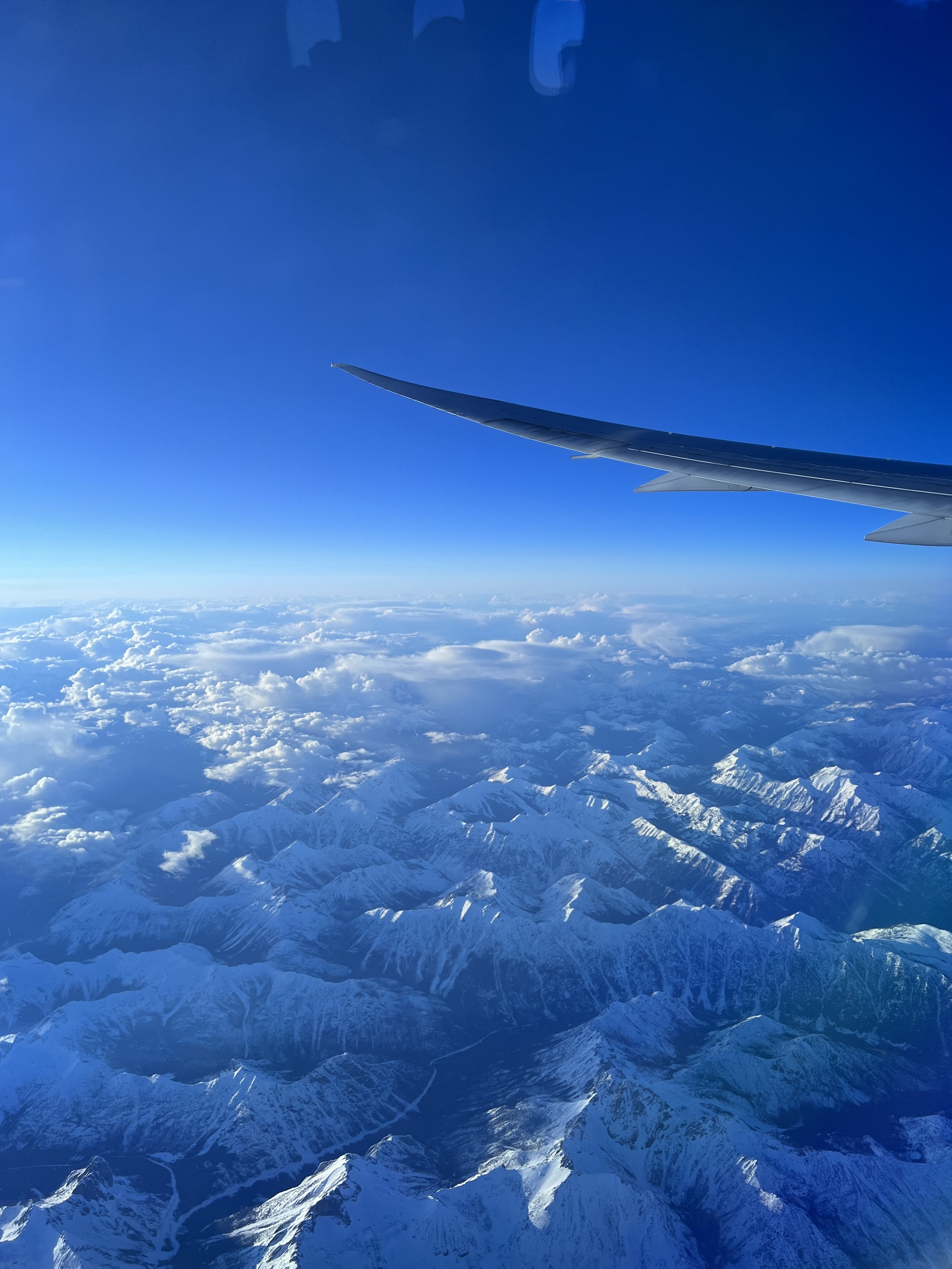




Part 2 – Rec 2 in Croatia
First up: Croatia. I arrived in Krnica Dive Centre the day before the course started, and gladly dropped my dive bags off at KrnicaDive dive centre first, before continuing up to Krnica proper. I had spent the last day lugging all my [now 3] suitcases through the streets of Zagreb when travelling through Istria via public transport; a combined weight of +60kg, which brought amused looks from everyone when I climbed the stairs in the bus terminals (ie leaving one behind, and then manically running back down to get the final one up). So, I was grateful to not take these up the stairs in our Krnica apartment - the apartment that myself, Oliver (who also owns IntoAbyss - check it out!), and the other two students would share (Michelle and Dominik). The other 2 students were previous students of Olli’s; both Rec1’s, but were already in drysuit, doubles, and getting / have received tech passes already. WOW! This truly shows the power of what one can do when you start from GUE (and not re-learning things as I was doing). The dive centre was on the edge of a little harbour of stunning turquoise water, which one gets to via a steep winding road flanked by woods on either side. I felt like I was in a ‘Mamma Mia’ movie! So, GUE Rec 2 aims to build on fundamental skills taught in Rec 1 / Fundies, and is made up of 3 sections (or separate primers) - of navigation (including a night dive), rescue and triox. By doing all of these primers in 1 long course (5-6 days with contingencies), we would build up on the skills learnt in each primer sequentially - eg by rescuing someone by using navigational skills.
First up - navigation. We not only learnt and practised various compass formations in a team (ranging from expanding squares, to corridors, to even triangles), but also using natural navigation, light signals (especially on reduced vis / night dives). We also used reels and spools here. I was surprised at how hard working the reels were with thick gloves. This also held true with the review of fundamental skills. Whilst I found joy in the fact that now DSMB deployments easier, the cold made this much harder (ie numb lips). Give me warm water!! Next up - rescues! Progressing each time from conscious diver tows at the surface to search patterns and recovery of lost unconscious divers from 10m; we learnt about the whole process of rescue scenarios. We all worked as a team and took turns at the various tasks - including CPR, AED, and O2 shore support. It was the first time I had rescued someone in doubles and drysuits, with myself being in doubles and dry too. Remembering to manage both the wings and suits upon ascent was tricker and we definitely need to work on the last few metres. But at least the starts to to 5m were good, controlled and in trim!
Finally - onto Triox! Triox - as a standard GUE gas of 30/30; Triox is hyperoxic mixture containing 30% oxygen, 30% helium, and 40% nitrogen. Triox is different to Trimix in the fact that trimix has an oxygen percentage of less than 21%, whilst triox is more than 21%. Adding in helium reduces some of the narcosis effects that nitrogen could give, and also reduces the risk of CNS toxicity due to a lower carbon dioxide risk. However, as we were using helium (gasps at the price), it would also not be conducive to NOT put this in our dryusits (as helium does not have very good thermal properties). When diving with a drysuit, we would use argon to fill our suits instead to keep us warm. Boat dives were used for this - and it was interesting to see how different I felt when inflating the suit with different gas mixtures, how my rig changed with the argon tank, and how “easier” it was to sip on helium [money] at greater depths. On our final dive I led a multilevel plan - using only the depth and time for gas consumption; verifying it with SPGs to ascertain our consumption rate, and to move up levels for our minimum deco ascent. It was hard to remember all the numbers, and to stay super close as a team when ascending - especially given how tired we were by this point. However, we came up smiling (but also battling current, in an S drill and with DSMB). And Ollie was smiling as well - for we passed Rec 2! Long days were had but it was so much fun! Although I admit it, maybe the easiest thing was the swim test and breath hold, and the hardest thing was clipping an SPG with gloves…

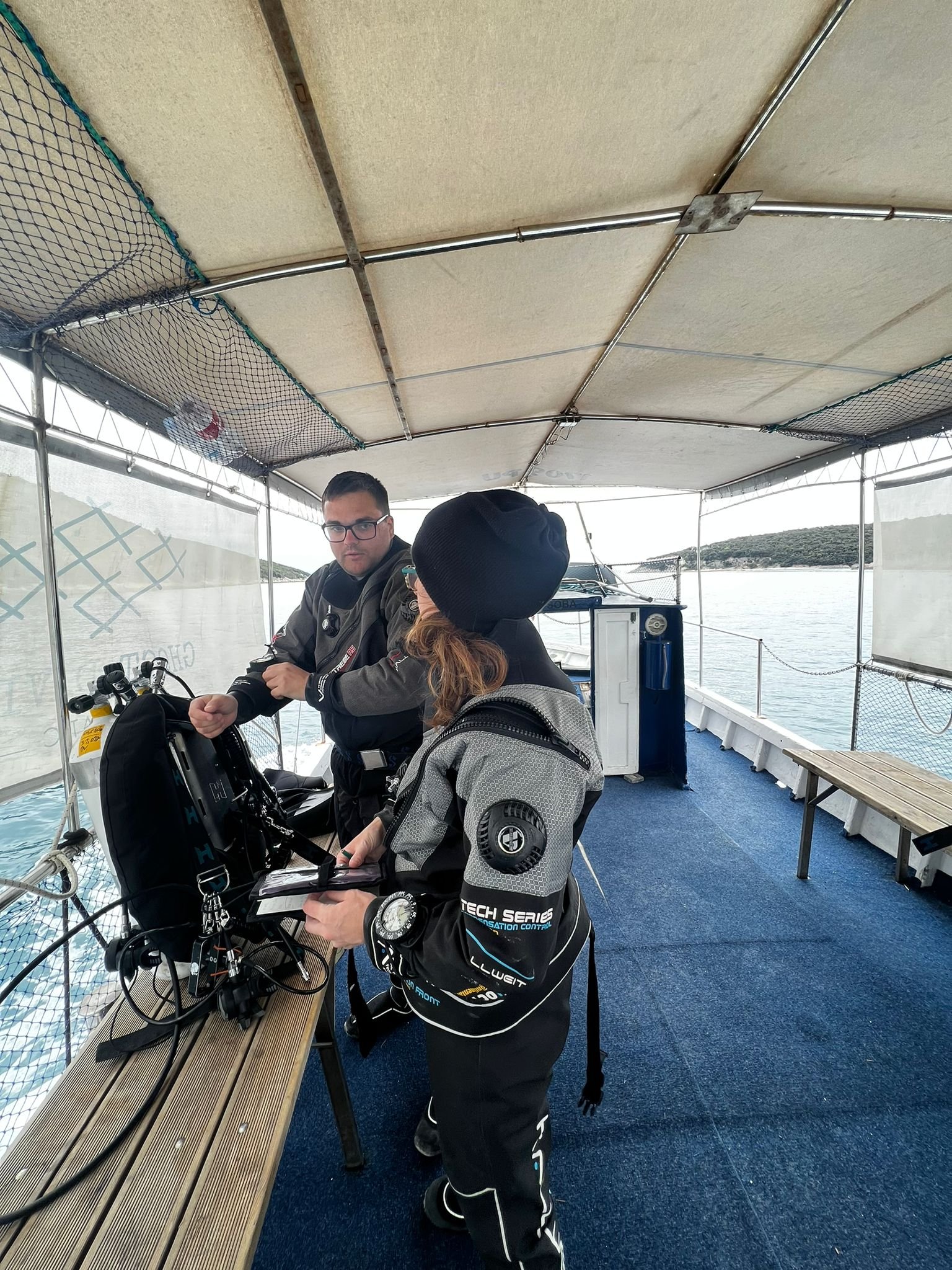



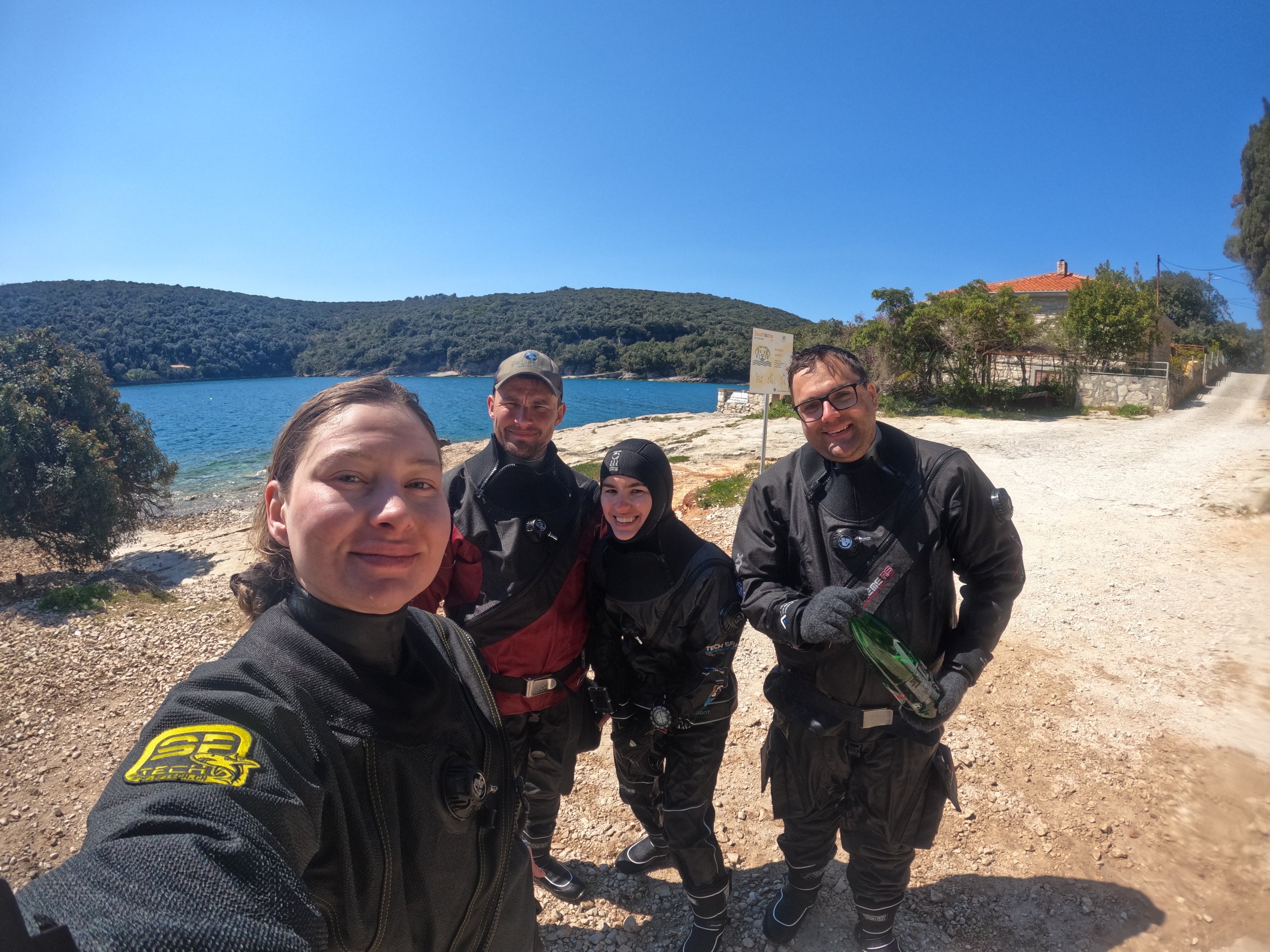






Photos by myself, photos of me taken by Kristijan, Michelle, and Ollie
Part 3 – SCIENTIFIC DIVER
But there was no time to rest! We immediately left at 2am for a 10 hour bus ride down the Croatian coast (myself and Michelle regretted our life choice at the wake up time). Arriving in Zagreb, it again ensued me - not only looking after my 3 suitcases at the bus station - but also 3 other ones from strangers whom I helped find their own busses. This meant lots of shouting enthusiastically at each other in our respective languages with hand gestures, somehow comprehending what we wanted to say without understanding. And after a few days in Split, I was again off to another course via plane and train, heading to the Netherlands. I met marine researcher (and also GUE Scientific Diving Instructor) Erik Wurz off the station platform in his hometown of Veenendaal; literally I almost ran into him - not surprising given that I looked like a human pack-horse. He and his wife very kindly hosted me for the night (ft the best ice cream I had so far, and the best sofa I have slept on this month :D), and we also met up with Lier again from Deep Dive Dubai yay! The next day, myself, Erik and Lier all headed to his local Santi distribution centre for a drysuit fitting; and then piled into Erik’s van for the drive across the Netherlands to the village of Zierkizee in Zeeland (of course, playing Tetris with the luggage). That afternoon, we went for 2 dives at the local dive site (Den Osse) to get acquainted with the drysuits we borrowed, while Erik did some filming. Even at 2m depth, I admired how much life there was in the oyster reefs - from translucent nudibranchs to crabs to little fish and of course the omnipresent red algal clumps. Most of the time (while waiting for Erik), I was simply gazing up at the sun-dappled surface water as the evening set in, trying not to think about the cold (or shoot to the surface). And when we surfaced, our other teammate Katja (a tech diver) was waving at us!
So, Scientific Diver: taught by only 3 x GUE Instructors was have a marine / science background themselves - this was a specialised course! Even as an “active scientific diver” myself, this course was amazing and I learnt a lot. Firstly, there is no science prerequisite - GUE Science Diver aims to empower citizen scientists to help partake in GUE projects around the world and Project Baselines in a greater capacity. Thus, to hear how complex scientific language was disseminated and broken down for the lay public was useful in enhancing my own scientific communication skills. (Even realising that I had to explain what a transect or baseline was; hence - see below for definitions :D). Speaking of transects, I had previous experience in setting these, but GUE brings a whole new dimension to it in terms of its trim and buoyancy. Over the course of 5 days, Erik gradually built us up from making Site Sketches (running the reel out from 1 singular point), to making quadrats / offshoots along transects / baselines. Finally, we made a 9-square sampling grid underwater (involving reeling out spools whilst back-kicking, and laying secondary datums onto transects for 90 degree angles - whilst trying not to disturb the silt and algae). We also used various tools in which I had no experience of, such as lift bags, stages, airlifts, and photo-quadrats / mosaics. See below for the fantastic photos that Erik managed to capture of me in full science action - thanks so much!
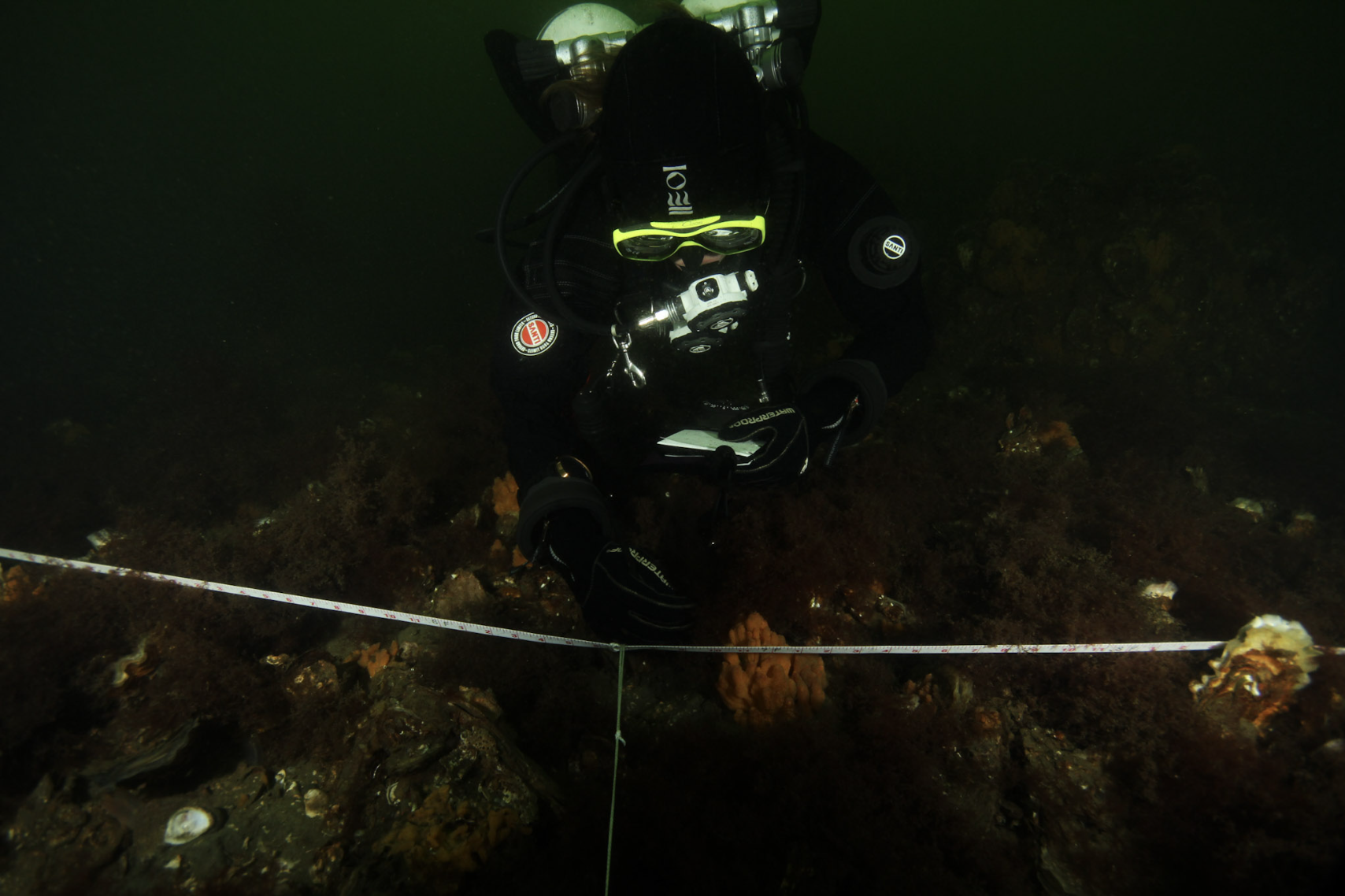








Images by Erik Wurz
Transect - a loose line between 2 points (typically conducted using a measuring reel), that one collects data along (either on fixed points or continuously along the whole line),
Baseline - a fixed taut line between 2 points (usually a datum and a secondary weight), which you can measure points of interest as “offshoots” along the main line.
Quadrats - a square (typically made out of PVC pipes), in which one can use as a pre-determined area to collect data from (photos or visual surveys).
And on the final day, we got to plan our own dive / scientific survey using any of the techniques we have learnt before, with Erik as a bystander. We decided to “clean and lift a valuable artefact”, using tools that we learnt on the very first day / ones which we struggled the most with on day 1: GPS points, stages and airlifts, and I also did a quick photogrammetry model based from my past experiences. However - we were too efficient! Even after passing around the stage multiple times, helping each other when problems arose, and deploying everything multiple times more than in our original GUE EDGE… we took 27 minutes. A quick ending to the course, but it showed how much more confident I had become in managing 3 tanks (when I never even thought I could do 2!), and how our ability in dealing with task loading had developed. We were also shocked at how well we worked as a team throughout the entire course; complex communication was no issue on any of the dives and after as well - even living top-and-tail together in a tiny house on a tiny island in the Netherlands! Yet another example how well the GUE community can come together as a team :)

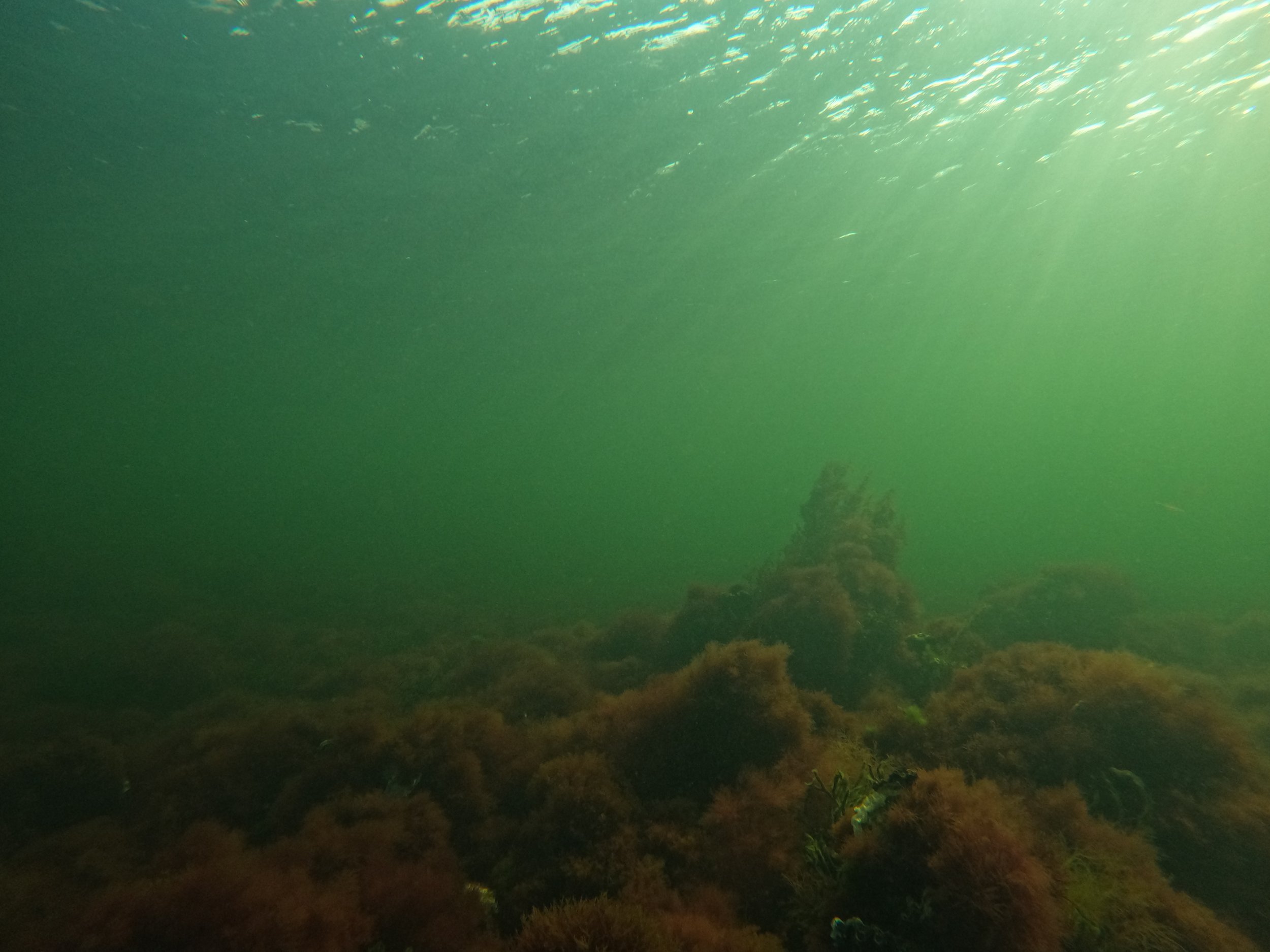
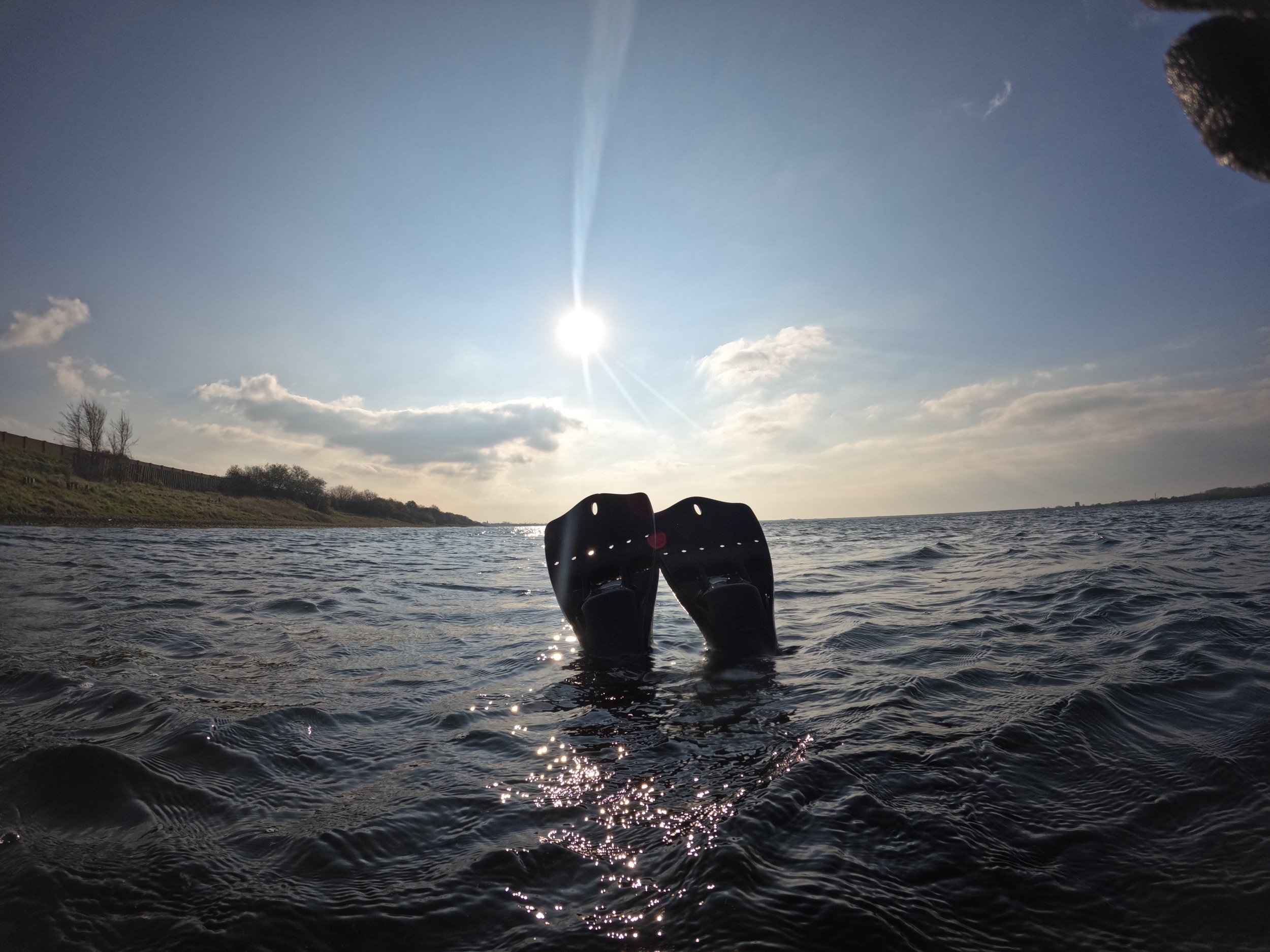






Part 4 - THANK YOU
Croatia: Thank you for Kristijan for logistics, and THANK YOU to Michelle and Dominik for being amazing buddies! Finally to Ollie for all the training, enthusiasm, and for offering me the chance to come back on any of his courses (Rec 1 / Rec 2 etc) either as a teammate to freshen up skills; as an observer or an an intern for when I want to be a GUE Instructor (and am good enough lol). I cannot wait! Check him out here.
Netherlands: Thanks to Lier and Katja for being amazing buddies and such a good team - we communicated so effortlessly underwater; we were surprised ourselves! Erik for the drysuit, for home for the evening; for taking me halfway across the Netherlands, and for offering me the chance to come and work on a few projects as well! I am really looking forward to participating in my own projects in the future. Also check him out here.
Right now, I am still travelling through Europe, but soon I will be staying in one place for a longer time… stay tuned to find out more!





